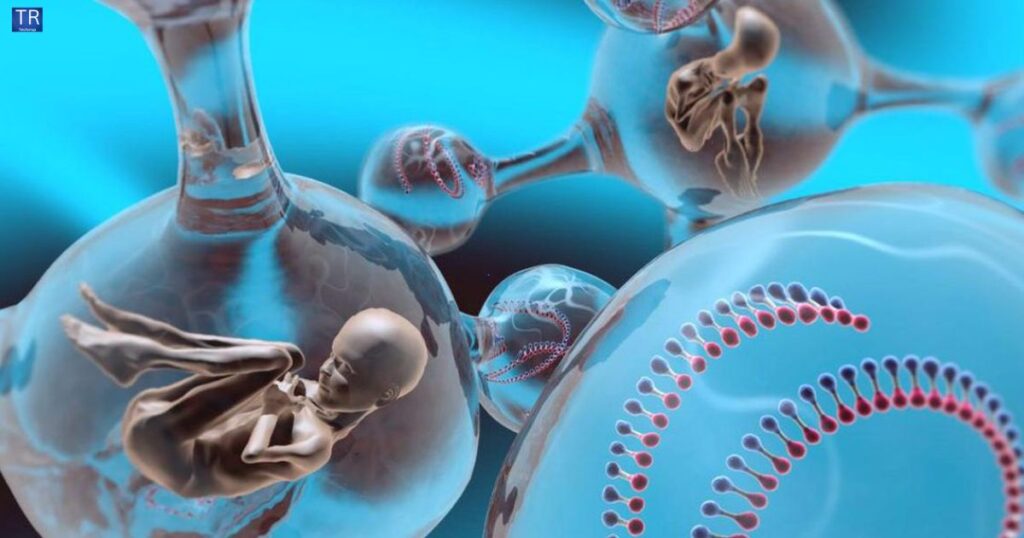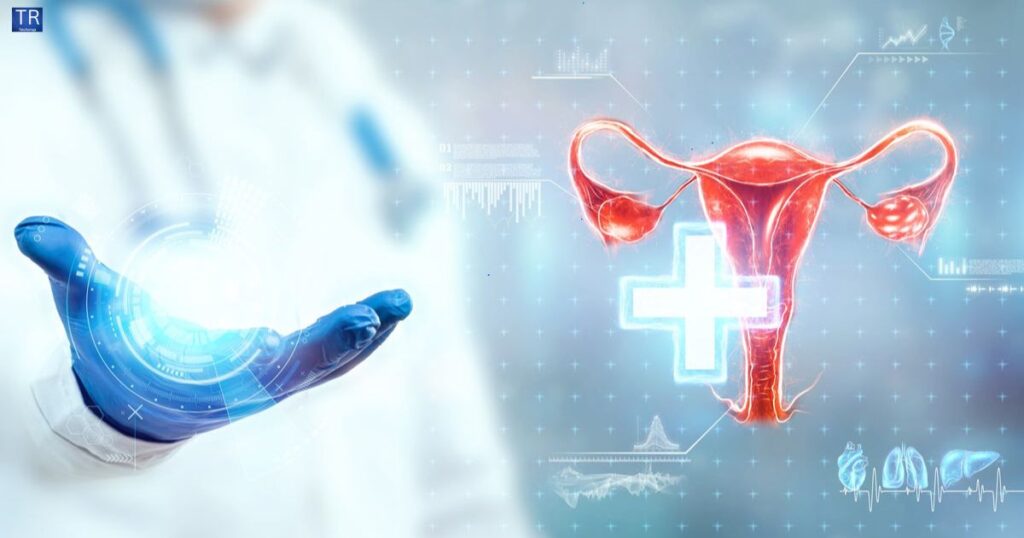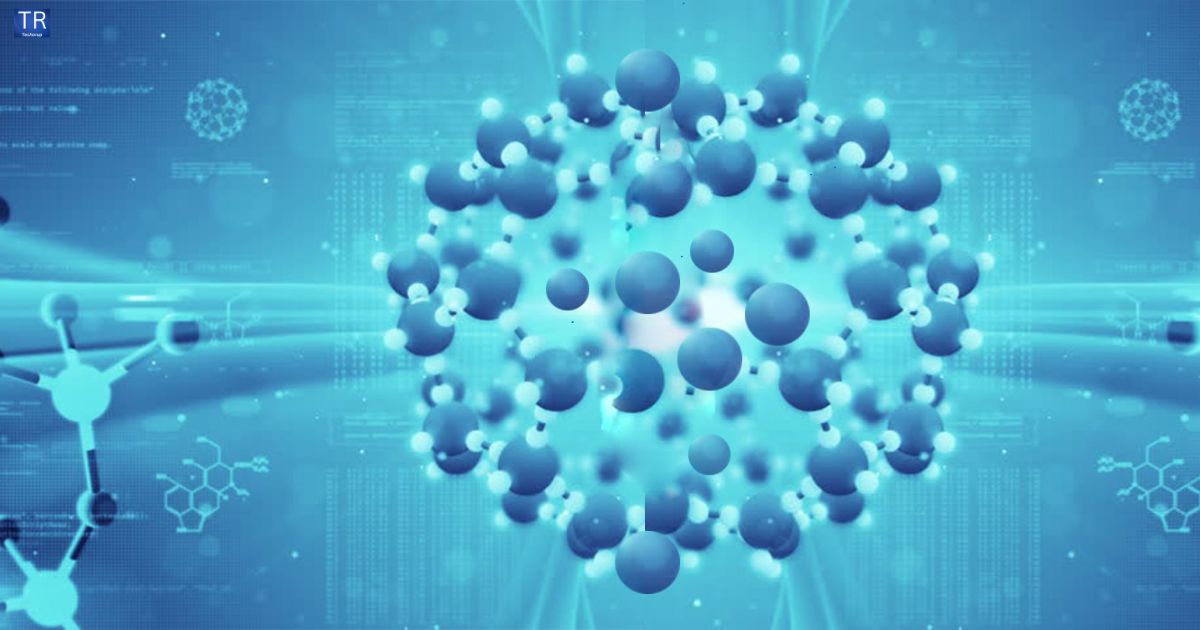Assisted Reproductive Technology (ART) has revolutionized the way people conceive, providing hope to countless individuals and couples who face challenges in starting a family. But as science advances, the potential to not just assist in reproduction but to design a child is now a topic of intense debate.
This article explores whether ART can be used to design a child, delving into the science, ethics, and future possibilities of this rapidly evolving field.
Understanding ART
Definition and Types of ART
Assisted Reproductive Technology (ART) refers to medical procedures used primarily to address infertility.
These include in vitro fertilization (IVF), intracytoplasmic sperm injection (ICSI) and other methods that assist in the fertilization process.ART has grown immensely since its inception, with success rates improving steadily over the years.
Current Uses and Success Rates
ART is primarily used to overcome infertility issues, helping millions of people achieve pregnancy. Success rates vary depending on factors such as age, underlying health conditions, and the specific ART procedure used.
However, the possibility of using ART to design specific traits in a child brings forth a whole new set of possibilities and ethical questions.
Read Also: Is Technology A Good Career Path?
The Concept of ‘Designing’ a Child
What Does ‘Designing’ a Child Mean?
‘Designing’ a child refers to the potential ability to select or alter specific genetic traits before birth. This could involve choosing physical characteristics like eye color, hair color and even intelligence.The concept goes beyond current ART practices and steps into the realm of genetic engineering.
Historical Context and Ethical Considerations
The idea of designing a child has been explored in both science fiction and real-world scientific discussions for decades. Historically, eugenics and selective breeding were controversial practices with dark ethical implications. Today, these concepts are resurfacing with new technologies, raising ethical concerns about how far we should go in altering human genetics.
Read Also: Sky Contact Numbers: How To Get In Touch With Sky?
Genetic Engineering and ART

How Genetic Engineering Intersects with ART
Genetic engineering is the direct manipulation of an organism’s DNA. When combined with ART, it opens the door to selecting or altering genes in embryos.
This could potentially be used to eliminate genetic disorders or enhance certain traits, leading to a new era in reproductive medicine.
Potential Benefits and Risks
The benefits of combining genetic engineering with ART include the possibility of eradicating hereditary diseases, enhancing physical or intellectual traits, and even extending human lifespan.
The risks are significant, including unforeseen genetic complications, ethical concerns about ‘playing God ‘and societal inequalities in access to these technologies.
Read Also: Stealthother. site: Ensuring Safe Browsing
Preimplantation Genetic Diagnosis (PGD)
How PGD Works in ART
Preimplantation Genetic Diagnosis (PGD) is a technique used in ART to screen embryos for specific genetic conditions before implantation.This allows for the selection of embryos that are free from certain genetic diseases, making it one of the first steps toward designing a child.
Current Applications and Ethical Debates
PGD is currently used to prevent the transmission of genetic disorders, but its use in selecting for non-medical traits is highly controversial. The ethical debates surrounding PGD revolve around issues of consent, the potential for discrimination, and the societal implications of selecting for specific traits.
CRISPR and Gene Editing
Role of CRISPR in Gene Editing for ART
CRISPR is a groundbreaking technology that allows for precise editing of the human genome. In the context of ART, CRISPR could potentially be used to edit genes in embryos, leading to the possibility of designer babies.This technology is still in its early stages, but its potential is vast.
The Possibility of Designer Babies
The term ‘designer babies’ refers to children whose genetic characteristics have been artificially selected or modified.
While the idea is fascinating, it raises significant ethical and legal concerns, particularly regarding the potential for creating a socio economic divide where only the wealthy can afford to design their children.
Ethical and Legal Perspectives

Ethical Dilemmas Surrounding Designing a Child
The ethical dilemmas associated with designing a child are numerous. Questions arise about the morality of altering human genetics, the potential for unintended consequences, and the implications for future generations.These concerns are compounded by the possibility of exacerbating social inequalities.
Legal Regulations and Global Perspectives
Legal frameworks surrounding the use of ART and genetic engineering vary widely across the globe. Some countries have strict regulations, while others are more permissive.
The global perspective on designing a child is one of caution, with many nations calling for international guidelines to prevent misuse of these technologies.
Societal Implications
Impact on Society and Future Generations
The impact of designing a child on society could be profound. If widely adopted, it could lead to a new form of social stratification, where genetic enhancements become a new form of privilege.
Additionally, the long-term effects on human evolution and genetic diversity are unknown, raising concerns about the future of humanity.
The Role of Socioeconomic Status in Accessing ART
Access to ART and genetic engineering is likely to be influenced by socioeconomic status, leading to further inequality. Those who can afford these technologies may have the opportunity to enhance their children’s traits, while others may be left behind, exacerbating existing disparities.
Case Studies and Expert Opinions
Insights from Leading Experts
Leading experts in the fields of genetics, bioethics, and reproductive medicine have expressed both excitement and concern over the possibilities of designing a child. While some see it as a way to eliminate suffering caused by genetic diseases, others warn of the ethical pitfalls and societal risks.
Relevant Case Studies on Genetic Selection
Case studies on genetic selection, particularly those involving PGD, provide real-world examples of the challenges and successes associated with this technology.
These studies highlight the potential benefits and risks of genetic selection in ART, offering valuable insights into the future of reproductive medicine.
Future Trends in ART

Emerging Technologies in ART and Genetic Engineering
Emerging technologies such as CRISPR, artificial wombs, and advanced genetic screening are likely to shape the future of ART. These advancements could make designing a child more accessible and precise, but they also bring new ethical and legal challenges.
Predictions for the Future of Reproductive Technology
The future of reproductive technology is likely to see continued advancements in genetic engineering, increased access to ART, and potentially, the normalization of designing specific traits in children.
However, the pace of these developments will depend heavily on societal acceptance, legal frameworks, and ethical considerations.
Final Thoughts
As ART and genetic engineering continue to evolve, society must carefully consider the potential benefits and risks. While the idea of designing a child is intriguing, it is essential to approach this technology with caution, ensuring that it is used responsibly and ethically to benefit humanity as a whole.
FAQs
What is Assisted Reproductive Technology (ART)?
Assisted Reproductive Technology (ART) includes medical procedures used to address infertility, such as in vitro fertilization (IVF) and intracytoplasmic sperm injection (ICSI).
Can ART be used to design a child?
While ART is primarily used to assist with conception, emerging technologies in genetic engineering raise the possibility of designing specific traits in a child, though this is still highly controversial.
What are the ethical concerns surrounding the idea of designing a child?
Ethical concerns include the potential for social inequality, the morality of altering human genetics, and the long term effects on human evolution and diversity.
How does Preimplantation Genetic Diagnosis (PGD) relate to designing a child?
PGD is a technique used in ART to screen embryos for genetic conditions, which can be seen as a step toward the concept of designing a child by selecting specific genetic traits.
What is the role of CRISPR in genetic editing for ART?
CRISPR technology allows for precise editing of the human genome and could potentially be used in ART to modify or select specific traits in embryos, leading to the concept of designer babies

Charlene J. Newton is an executed writer recognized for her captivating fiction and non-fiction works. With a keen eye for detail and an expertise for crafting attractive narratives, Newton’s writing has garnered crucial acclaim. Her diverse portfolio covers a variety of genres, from concept-provoking literary fiction to insightful non-public essays











